calsfoundation@cals.org
Magazine (Logan County)
| Latitude and Longitude: | 35º09’03″N 093º48’25″W |
| Elevation: | 499 feet |
| Area: | 1.82 square miles (2020 Census) |
| Population: | 740 (2020 Census) |
| Incorporation Date: | April 1, 1878 |
Historical Population as per the U.S. Census:
|
1810 |
1820 |
1830 |
1840 |
1850 |
1860 |
1870 |
1880 |
1890 |
1900 |
|
– |
– |
– |
– |
– |
– |
– |
478 |
183 |
897 |
|
1910 |
1920 |
1930 |
1940 |
1950 |
1960 |
1970 |
1980 |
1990 |
2000 |
|
968 |
722 |
560 |
385 |
503 |
463 |
677 |
799 |
799 |
915 |
|
2010 |
2020 |
|
|
|
|
|
|
|
|
|
847 |
740 |
|
|
|
|
|
|
|
|
The city of Magazine is named for the tallest mountain of Arkansas, Mount Magazine, as it is located about seven miles west of that peak, at the intersection of State Highways 10 and 109. Established shortly after the end of the Civil War, Magazine was once a significant stop on the Rock Island Railroad and continues to flourish in the twenty-first century.
Eli D. Hooper, a merchant from Illinois, moved to Arkansas in 1867 and chose the site of the present-day city of Magazine to establish a store around 1870. By 1883, the Arkansas Gazette was describing Magazine as a city of 200 residents with five successful stores and a Methodist Episcopal church then under construction. The newspaper correspondent noted that the city’s greatest need was railroad service. Eight years later, the Goodspeed writer for Logan County mentioned 400 residents, two churches (Baptist and Methodist), five physicians, two drugstores, a grist mill, a cotton gin and woodwork establishment (combined), and three blacksmith shops. A schoolhouse had been built by that year, and the city was connected to Paris (Logan County) by a telephone line. A storm badly damaged the city on November 22, 1899, but the citizens were quick to rebuild. Around that time, the Choctaw and Memphis Railroad (which was later acquired by the Rock Island line) established service to the area, although its depot was a mile north of the city center. Because many businesses rebuilt or relocated to the depot area, residents spoke of Magazine as consisting of an “old town” and a “new town.”
By 1907, Magazine citizens had built a brick high school costing $10,000. The city was also home to the Magazine Academy, affiliated with Ouachita Baptist College. Four churches stood in town, including a Presbyterian church and a Christian church. A bank had been established in 1903, and a weekly newspaper, the Magazine Gazette, was in circulation. The city was promoting itself as a health home and resort, but it also was an agricultural center, with crops including cotton, corn, peaches, hay, and clover. New businesses that year included an electrical plant at the Magazine Gin Company, the Petit Jean Canning Company, the Magazine Real Estate Company, and the Magazine Marble Company.
Unfavorable weather and crop disease led to agricultural failures in the late 1920s and early 1930s, and the onset of the Great Depression crippled the resort industry of Magazine. In the early 1930s, the U.S. government acquired property on Mount Magazine, and both the Works Progress Administration (WPA) and the Civilian Conservation Corps (CCC) constructed buildings and roads that would eventually become part of a state park. Other changes also benefited the city of Magazine, which by 1941 was a center for livestock, poultry, and dairy production.
Over the following years, smaller rural school districts were consolidated into the Magazine School District, which in 2013 had about 250 elementary students and about 260 high school students. Twenty-first-century Magazine remains home to several churches, as well as a number of businesses, which include grocery stores, a pharmacy, a hardware store, tax help services, a printing company, and a Centerpoint Energy office.
In 1992, golfer Jack Fleck—who had won the U.S. Open golf tournament in 1955—opened a semiprivate eighteen hole golf course near Magazine; the course closed in 2003.
For additional information:
Hanks, Bill. “The Town of Magazine from 1907 to 1941.” Wagon Wheels 18 (Fall/Winter 1998): 3–11.
Worley, Ted R. “Notes of Magazine Mountain & the Town of Magazine.” Wagon Wheels 26 (Spring/Summer 2006): 4–5.
Steven Teske
Butler Center for Arkansas Studies
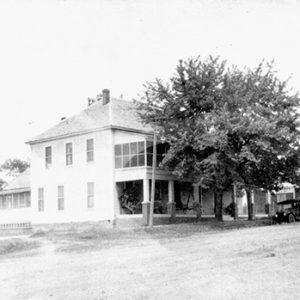 Grandview Hotel
Grandview Hotel 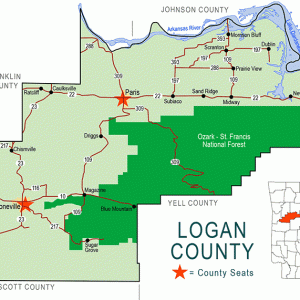 Logan County Map
Logan County Map 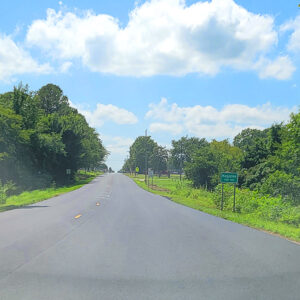 Magazine
Magazine 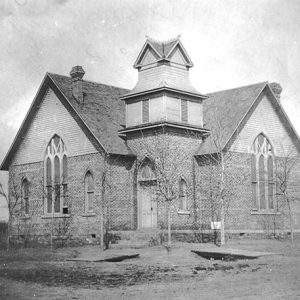 Magazine Methodist Church
Magazine Methodist Church 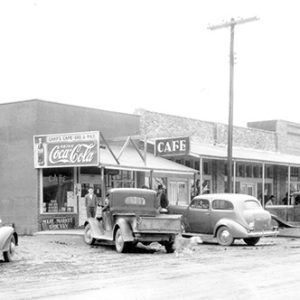 Magazine Street Scene
Magazine Street Scene 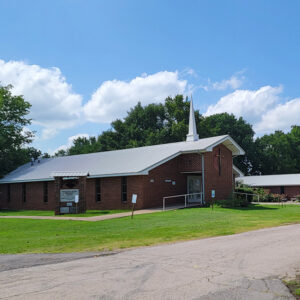 Magazine Church
Magazine Church 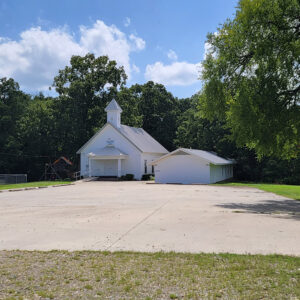 Magazine Church
Magazine Church  Magazine Post Office
Magazine Post Office  Magazine School
Magazine School  Magazine School
Magazine School 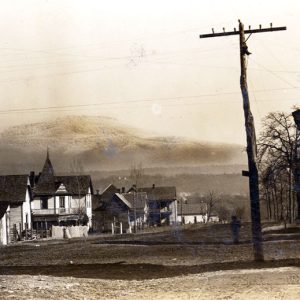 Magazine Street Scene
Magazine Street Scene 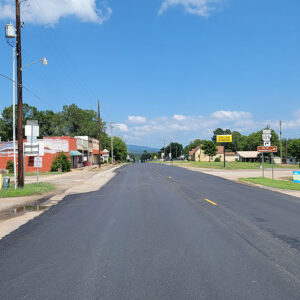 Magazine Street Scene
Magazine Street Scene  Magazine Water Tower
Magazine Water Tower 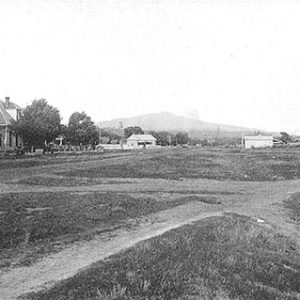 Old Magazine, with View of Mount Magazine
Old Magazine, with View of Mount Magazine 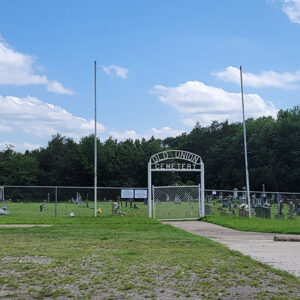 Old Union Cemetery
Old Union Cemetery 




(2014) I am wanting to add a couple of businesses to our quaint little town. We have an auto-body/mechanic shop called Magazine Kustoms, an upholstery shop, and a hair salon. We have a shop that teaches others sewing. Seven miles west, a Super Center is being placed, which we all are waiting patiently for.
Our schools are very involved and try their hardest in keeping our parents involved in their children’s lives. We have an awesome Little League program, and our residents are raised to be kind and respectful human beings. Our number-one priority is our children, and that is how we plan to keep it.